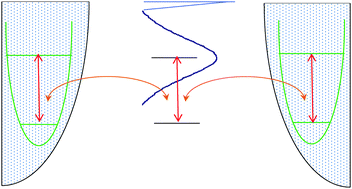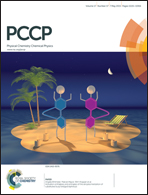Strongly correlated plexcitonics: evolution of the Fano resonance in the presence of Kondo correlations
Abstract
We study the optical absorption of a system consisting of a diatomic molecule that exhibits strong electron correlations coupled to metal nanoparticles possessing plasmon resonances by invoking the time-dependent non-crossing approximation. We investigate the evolution of the Fano resonance arising from the plasmon–exciton coupling when both atoms are Coulomb blockaded. We found that the Fano resonance rapidly dwindles as the ambient temperature exceeds the Kondo temperature of the singly occupied discrete state with higher energy and vanishes entirely at elevated temperatures. Our results show that even boosting the plasmon–exciton coupling above this temperature scale fails to revive the Fano resonance. We propose a microscopic model that accounts for these results. We suggest that a possible remedy for observation of the Fano resonance at high ambient temperatures is to position the singly occupied discrete state with the higher energy as close as possible to the Fermi level of the contacts while keeping the emitter resonance constant to prevent the merger of the Fano and plasmon resonances.


 Please wait while we load your content...
Please wait while we load your content...